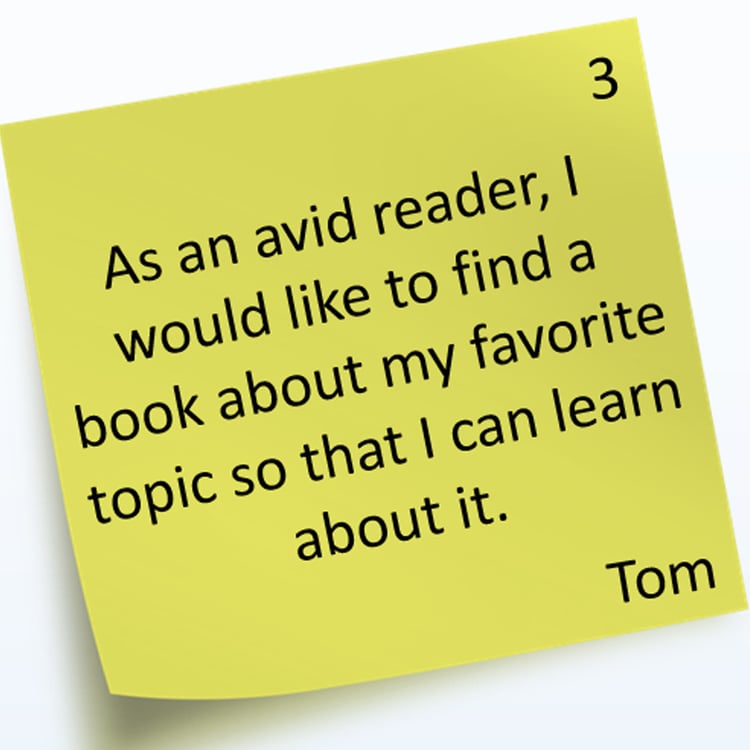
Why user stories don’t always make sense:
I am doing a lot of work with business units adopting Scrum or Kanban. As I explain to them, writing a user story in the correct format may not add any value to them. User Stories date back to Extreme Programming (XP). In the first part of the story “as a _____”, the blank is filled in with the user. As Product Owners identify users, they should be creating Personas that identify key user attributes. A millennial user will have different usage of an application than a retiree. These personas help the developer think about the user as they design how they will implement each user story. When a business unit is simply trying to get transparency about the work they are doing, their stories may be more of the “spike” or “technical” story variation. My question to these teams is can you identify the person receiving value when implementing the story? They think about this and sometimes think it is just their manager, or the company. The most common mistake is that the person doing the work is writing the story with their job title in the first blank; or getting a story with “As a Product Owner”. When using Scrum or any other Agile method for non-software work, I believe going through the effort of writing the story in User Story format As a ______, I want _______, So that______, just adds extra overhead, and no true value to the person doing the work. Instead, I recommend they save themselves that overhead and simply write “Create ____” or “Do _____”. The real value is in having good Acceptance Criteria. For example, if I want to have use a backlog for chores at home a User Story might look like:
As a Parent
I want the dishes done
So that the kitchen will be clean
Acceptance Criteria:
1 – No dishes remain lying around the house
2 – All dishes are in the dishwasher
3 – All kitchen surfaces are clean
Well this is great, I could just as easily write “Do the dishes” as my story keeping the acceptance criteria, so it is clear what is required.
For me, working in an Agile manner means reducing waste while increasing value. If you aren’t creating an application with users, going the distance to write a complete User Story is just waste. In Scrum there are four things in your product backlog, take advantage of that mindset. Skip the formality of the User Story.
More from the blog
View All Blog PostsSubscribe to Our Blog
Fill out your email address to receive notifications about new blog posts from CC Pace!
